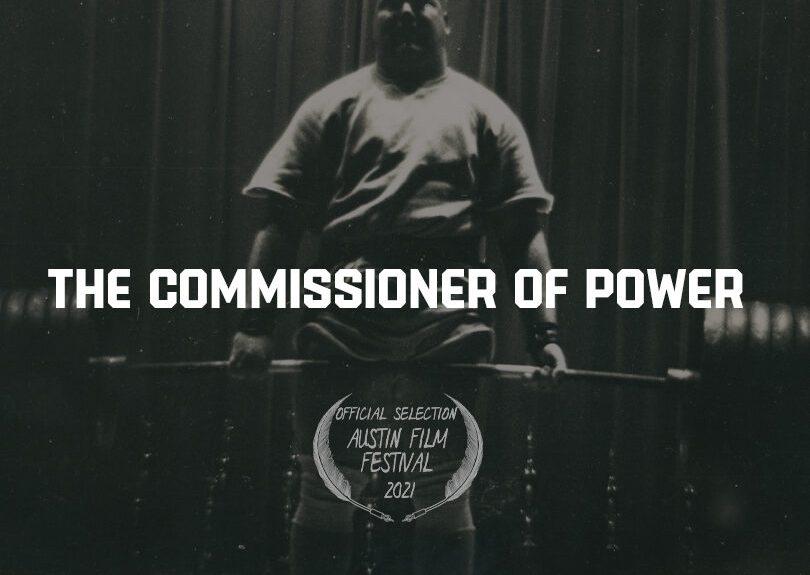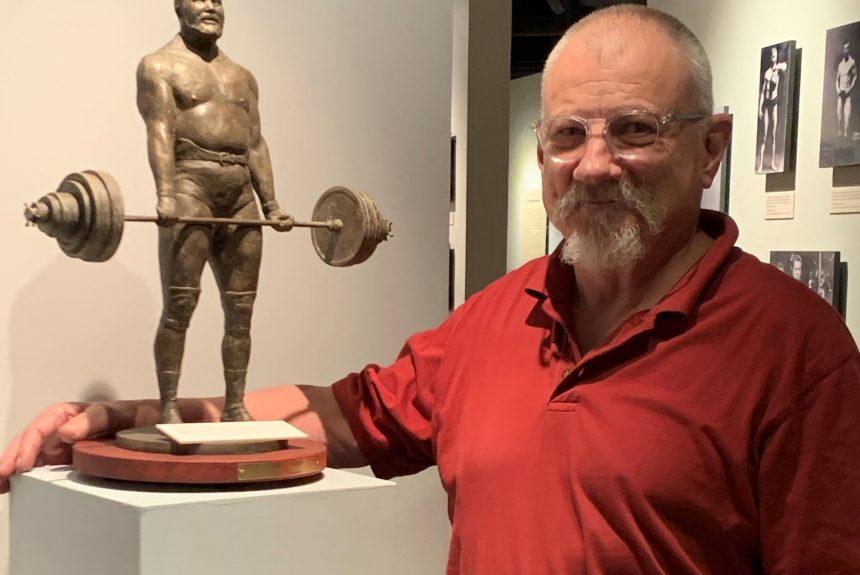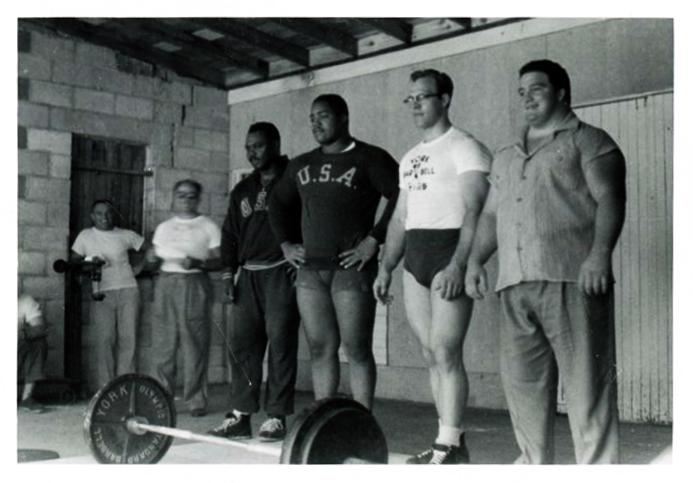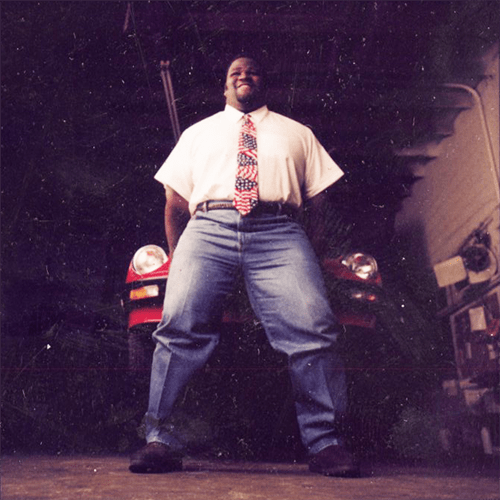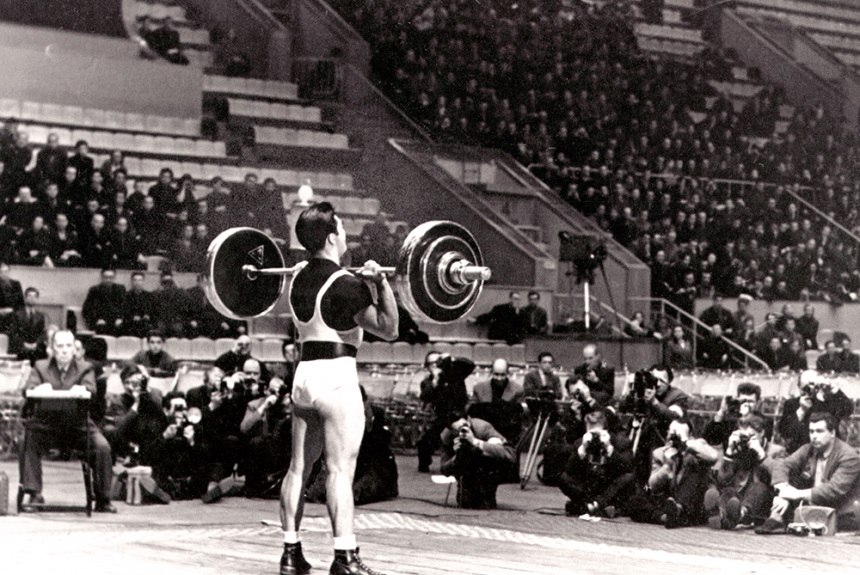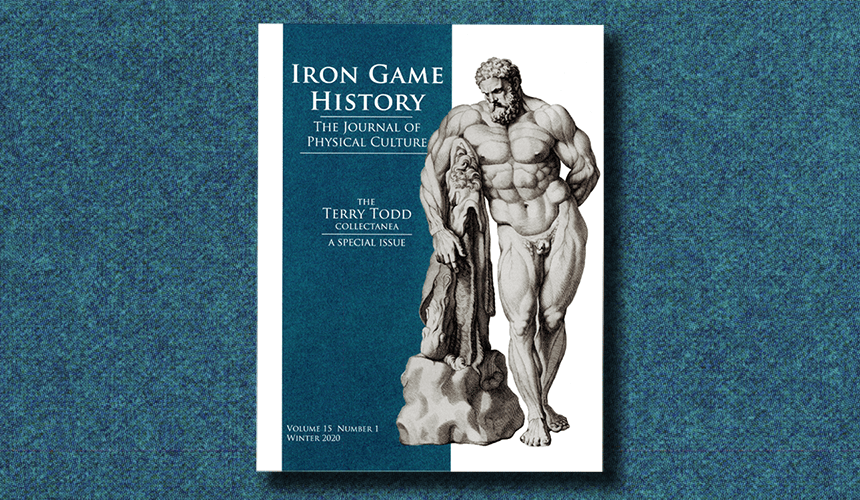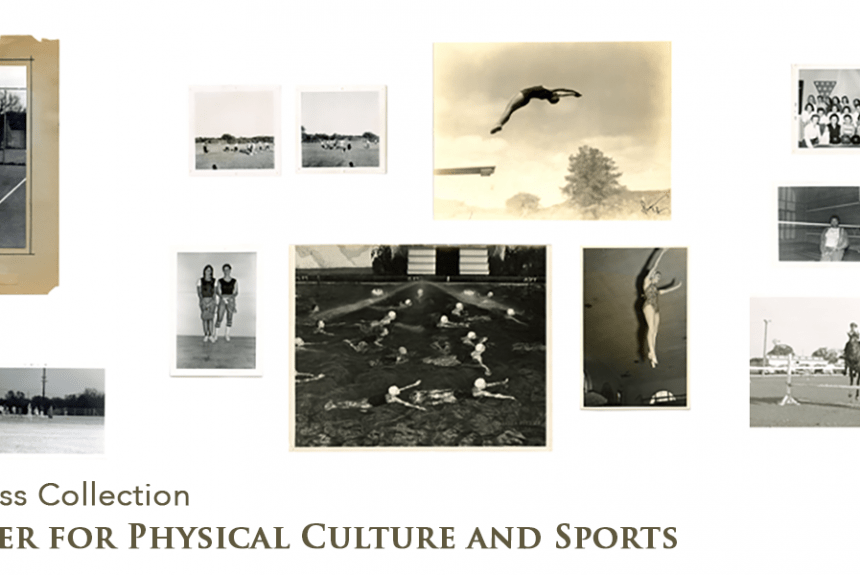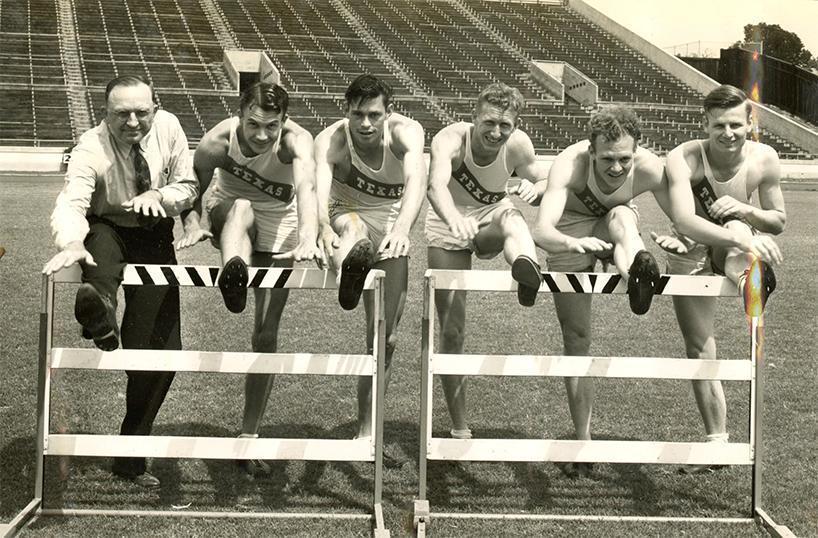Rogue Fitness Honors Terry Todd with Documentary Premiering at Austin Film Festival
The H.J. Lutcher Stark Center for Physical Culture and Sports announces the premier and theatrical release of The Commissioner of Power, a feature-length documentary about the life and work of Terry Todd, Ph.D. Todd was the founder (with his wife, Jan) of the H.J. Lutcher Stark Center in the College of Education and taught in the Department of Kinesiology & Health Education for 35 years specializing in research related to strength and sport history. He is regarded as one of the most important figures in the history of strength training and strength coaching. The Commissioner of Power premieres on Wednesday,...


